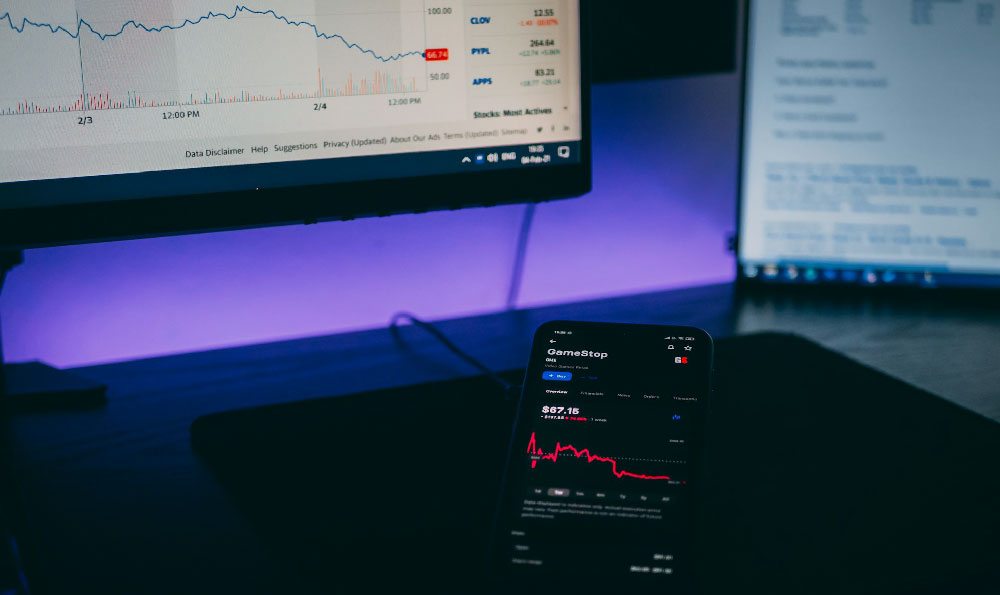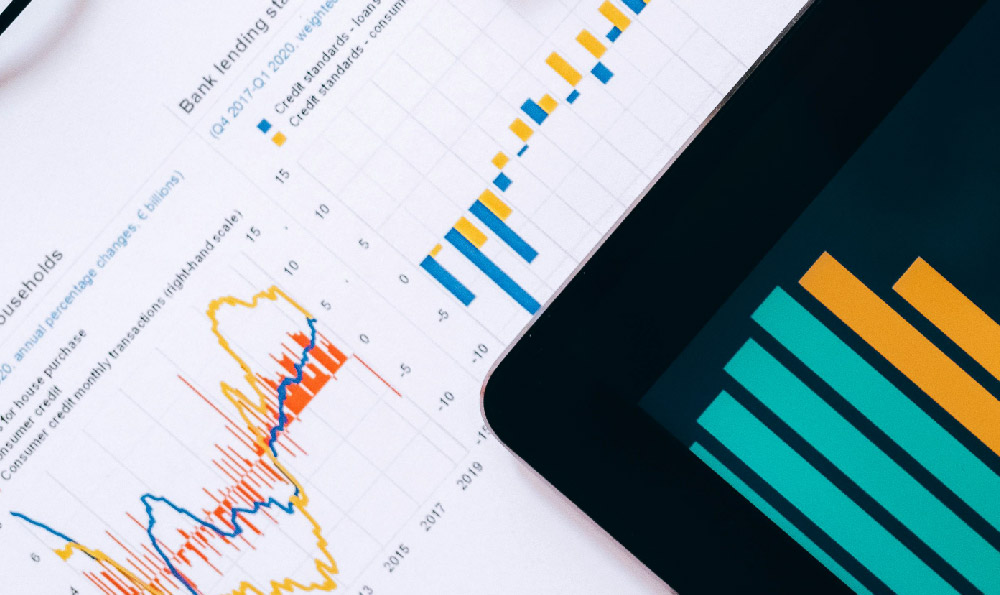PayPal Business Model: How the Company Earns Revenue

PayPal has established itself as a pivotal player in the global digital payment ecosystem, seamlessly integrating technology and financial services to cater to both individual consumers and businesses. At its core, the company's revenue strategy is built on a multifaceted approach that leverages user engagement, market participation, and strategic partnerships to generate consistent income streams. Over the years, PayPal has expanded its offerings beyond traditional online transactions to include a range of financial tools and services, such as lending, currency exchange, and merchant solutions. This diversification has not only strengthened its market position but also created multiple avenues for monetization.
The most direct source of revenue for PayPal stems from the fees it charges on transactions. When users send or receive money through the platform, PayPal earns a small percentage of each transaction as a service fee. These fees vary depending on the type of transaction, whether it's a personal transfer, business payment, or international remittance. For instance, when a business uses PayPal to receive payments from customers, the company typically takes a transaction fee of around 2.9% plus a fixed fee per transaction. This model is particularly lucrative for PayPal as it provides a steady income flow from the vast number of daily transactions facilitated through its platform. In contrast, when users make purchases through PayPal's integrated payment solutions, they often pay a lower processing fee, which can vary between different markets. This tiered pricing strategy not only attracts users but also ensures a wide-reaching impact on the company's financial performance.
Beyond transaction fees, PayPal generates revenue through its value-added services. The company offers a range of tools designed to enhance the functionality of digital transactions, such as fraud protection, dispute resolution, and instant payment features. These services are typically available for a fee, especially for businesses that require enhanced security or compliance measures. For example, PayPal's Seller Protection program provides a safety net for merchants against fraudulent or disputed transactions, but this coverage comes at an additional cost. Additionally, PayPal has introduced specialized business accounts that provide access to advanced reporting, inventory management, and marketing tools, all of which can generate revenue through subscription-based models. This strategy allows PayPal to cater to the unique needs of businesses while ensuring a continuous income stream from these premium features.


Another significant aspect of PayPal's revenue model is its role as a financial intermediary. By facilitating cross-border transactions, PayPal earns revenue from the currency exchange spreads. When users convert one currency to another, the company charges a fee based on the difference between the market rate and the rate it offers. This income stream is particularly relevant in international e-commerce, where businesses frequently deals with multiple currencies. Moreover, PayPal offers various financial services, such as PayPal Credit, which provides users with short-term financing options. These services generate revenue through interest charges and fees associated with the lending process. Additionally, PayPal has expanded its financial services portfolio by offering tools like PayLater, a revolving credit line that allows users to defer payments while earning interest on the amount borrowed. This financial product not only serves as a revenue generator but also enhances user engagement and dependency on the PayPal ecosystem.
PayPal's monetization strategy also includes partnerships with third-party businesses and advertisers. The company provides payment gateways and other financial tools that enable businesses to process online transactions, and in exchange, it earns a share of the revenue generated from these partnerships. For example, many e-commerce platforms use PayPal as their preferred payment processor, and in return, they pay a fee based on the transaction volume. In addition, PayPal has integrated advertising into its platform, allowing it to monetize user data and transaction activity. This approach provides an additional source of income while reinforcing the company's position as a central hub for digital payments.
In addition to these primary revenue streams, PayPal continues to explore new monetization opportunities. The company has made strategic investments in emerging technologies such as blockchain and artificial intelligence, which may lead to innovative financial products and services. These ventures, while still in development, have the potential to diversify PayPal's income sources and provide long-term growth. Moreover, PayPal's expansion into different regions has allowed it to enter new markets and adapt its revenue model to fit local economic conditions. This adaptability is a key strength that contributes to the company's ability to maintain profitability and relevance in the digital finance sector.
The competitive landscape of the financial technology industry has necessitated strategic adaptation on PayPal's part. While the company's revenue model relies on the foundational aspects of transaction fees and value-added services, it has also implemented features designed to maximize user conversion and retention. For instance, PayPal offers a range of incentives, such as cashback rewards and referral bonuses, which encourage users to engage with the platform. These strategies not only increase the volume of transactions but also contribute to a more robust and stable revenue model. Additionally, PayPal's integration with other financial platforms, such as Venmo and Braintree, allows it to create a more comprehensive financial ecosystem, which in turn increases its profitability and market share.
In conclusion, PayPal's business model is a dynamic interplay of transaction fees, value-added services, financial intermediation, and strategic partnerships. These elements work in tandem to create a robust revenue framework that supports the company's growth and resilience in an ever-evolving financial landscape. By adapting to technological advancements and market demands, PayPal continues to refine its approach, ensuring long-term profitability while enhancing the user experience. The company's ability to innovate, expand, and diversify its income sources positions it as a leader in the digital finance industry, capable of generating significant revenue through multiple channels.















